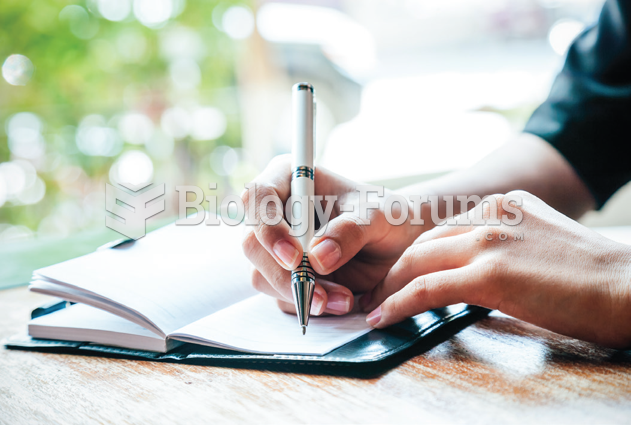Which of the following represent poor scholarly writing and, consequently, should not appear as they are written in a journal article? (Select all that apply.)
a. Regretfully nobody in the control group survived past three years this is because of the continued effects of the disease process itself if untreated it is fatal.
b. Results of the study indicated that causation was directional in the A, B, F, and K groups however none were identified as impacting the final outcome.
c. We as experienced researchers cannot explain why the intervention failed in not one, but three consecutive mini-trails, numbers 5, 6, and 7, becoming suddenly effective in the subsequent twenty-three mini-trials. We checked and rechecked instrument calibrations, controlled diligently for intra-rater reliability, recomputed coefficients of change, trended all data, reentered data manually, examined the effect of sixteen potentially extraneous variables, and ultimately ended as baffled as we started.
d. The result's were a complete surprise. 44 of the control subject's experienced spontaneous remission's.
e. Attrition continued over the course of the experiment, with additive attrition of 2 in the first quarter, 5 in the second quarter, 16 in the third quarter, and 25 in the fourth. In the second year, attrition claimed another half of the sample. Data collection was suspended after the eighth quarter, since the results had limited applicability, due to extensive attrition.
f. An inadequate sample threatened to end the study. Inclusion criteria were broadened, to include those who had participated in clinical research, in the past, but there were no takers.
g. There was no way of determining who's answers had been positive on the pre-test, until the post-test was completed.
Question 2
A researcher presents the results of a recent research project at several conferences. Duplicate publications are not acceptable and represent self-plagiarism, but duplicate presentations seem valued.
Which of the following facts explains this? (Select all that apply.)
a. Duplicate conference presentations are valued only when they occur in widely separated geographic areas.
b. Questions and comments from conference audiences can contribute to the researcher's ongoing analysis and inspire new analyses of data.
c. If similar research by the same author is ongoing, each conference presentation can include new insights and interpretations, reflecting work in progress.
d. Reaching a broad audience necessitates presentation at several conferences.
e. Self-plagiarism is a term that refers to the printed word, not to conference presentations.
f. If a researcher submits a different abstract to each conference that publishes printed conference abstracts, there is no self-plagiarism.







